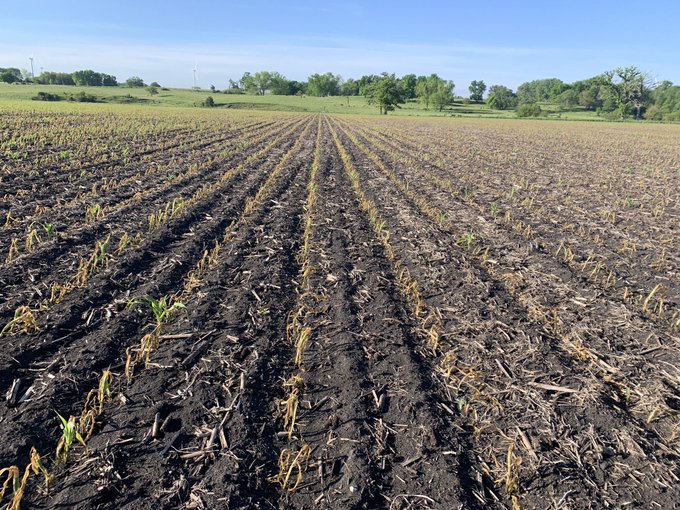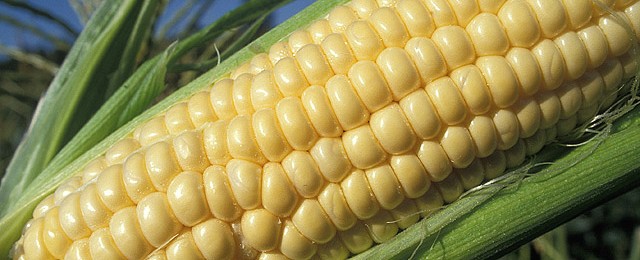Climate and Ag in the news
-

A recent study published in the journal Nature shows that as temperatures rise around the globe, the amount of oxygen that is dissolved in the water is decreasing. The rate of decrease is much larger in freshwater lakes than in the ocean. This is concerning because as oxygen levels decrease, life in the streams and…
-

Georgia’s warm and humid climate is conducive to the development of fungal diseases in all types of crops. We have been fairly dry lately, so have not seen too much disease in the crops until now. But with a return to more humid, and (hopefully) more rainy conditions, the likelihood of crops like grapes developing…
-

I was up in Michigan this past weekend visiting my mom and experienced some cold temperatures that did not feel at all like late May. In areas farther west and north, they even had frost in some locations, the third latest ever at those spots. Many farmers there are still assessing the damage from the…
-

Georgia’s climate is changing threatening the state’s essential water, energy, and transportation infrastructure. In the years to come, investment in innovative resiliency efforts will ensure a just future for all Georgians. Stay tuned for our upcoming June webinar, ‘What does a changing climate mean for Georgia’s infrastructure?’ that will be held Wednesday, June 30, from…
-

Corn yields are affected by a number of things, so it should be no surprise that they are affected by both maximum (daytime) and minimum (nighttime) temperatures. Heat stress on the hottest days causes the corn plant to shut down, reducing their ability to fill the kernels. Overnight, the science is less clear, with some…
-

Do you have a child that is interested in the weather? Or maybe a student or 4-H’er? I got interested in weather in the 3rd grade when a tornado passed two blocks from my house in Michigan and left a lot of damage behind (although most of it was not at our house, just lost…
Posted in: Climate and Ag in the news -

According to my friends on the UGA Peanut Team in Extension, the recent run of high temperatures has caused peanut diseases to appear and expand in this year’s crops. I have seen a number of pictures of different symptoms appear in my social media feeds, with warnings of more to come. Morning Ag Clips posted…